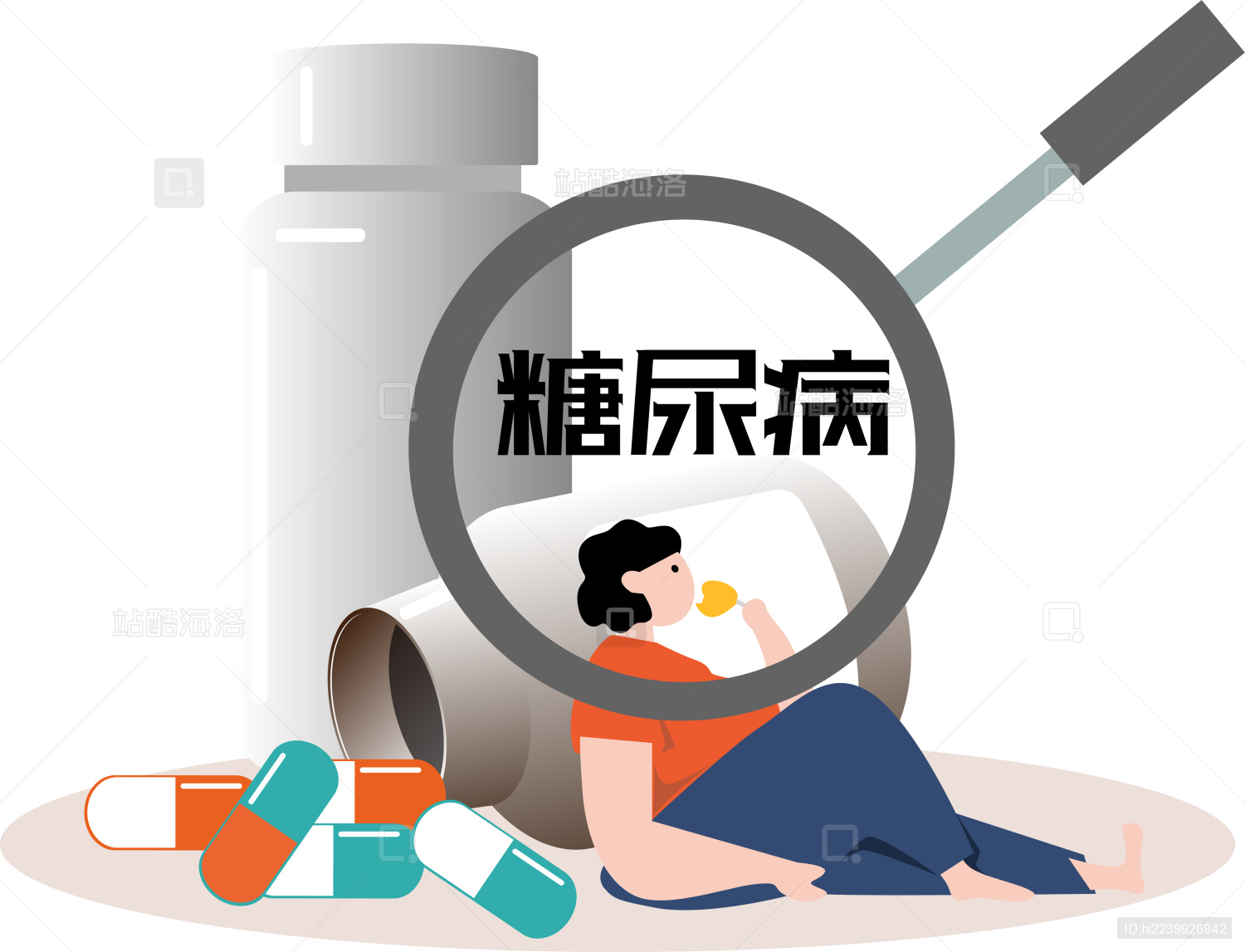-
干燥失重 编辑
常压恒温干燥法
本法适用于受热稳定及水分易蒸发的样品。将样品置于已在相同条件下干燥至恒重的扁形称量瓶内,精密称定,于烘箱内在规定温度下干燥至恒重。“恒重”是指样品连续两次干燥或炽灼后的重量差异在0.3mg以下的重量。干燥至恒重的第二次以及以后各次称重均应在规定条件下继续干燥1小时后进行。干燥温度一般为105℃。有的样品含结晶水,在105℃水分不易除去,可提高干燥温度,如枸橼酸钠含结晶水,要求在180℃干燥至恒重。为了使水分及挥发性物质易于挥散,样品应平铺于扁形称量瓶中,其厚度不超过5mm,如为疏松物质,厚度不超过10mm。如为大颗粒结晶,应研细至粒度约2mm。放入烘箱进行干燥时,应将瓶盖取下,置称量瓶旁,或将瓶盖半开进行干燥。取出时,须先将瓶盖盖好,置干燥器中放冷至室温,然后称重。某些样品中含有较大量的水分,熔点又较低,如直接在105℃干燥,供试品即熔化,表面结成一层薄膜,使水分不易继续挥发。此类样品应先在低温下干燥,使大部分水分除去后,再于规定温度干燥至恒重。如测定硫代硫酸钠的干燥失重,需先在40~50℃干燥,然后渐次升温,最后于105℃烘至恒重。
干燥剂干燥法
本法适用于受热易分解或挥发的样品。待测样品置干燥器内,利用器内贮放的干燥剂、吸收样品中的水分,干燥至恒重。常用的干燥剂有硅胶、硫酸和五氧化二磷等。其中五氧化二磷的吸水效力、吸水容量和吸水速度均较好,但价格较贵,在使用时将其铺于培养皿中,置干燥器内,如发现表层已结块或出现液滴,即需更换。硫酸的吸水效力与吸水速度次于五氧化二磷,但吸水容量比五氧化二磷大,价格也较便宜。使用时应盛于培养皿或烧杯中,不能直接倾入干燥器,搬动干燥器时,应注意勿使硫酸溅至称量瓶或样品上。用过的硫酸,经加热除去水分后可再用。硅胶吸水效力也次于五氧化二磷,但大于硫酸,且使用方便,价廉。变色硅胶1g吸水约20mg开始变色,在105℃干燥后可再使用。
减压干燥法
本法适用于熔点低,受热不稳定及水分难除去的样品。减压干燥法是指在减压下干燥的方法。在减压条件下,可降低干燥温度和缩短干燥时间。有的样品熔点低,或对热不稳定不能加热,可在减压干燥器中采用减压下干燥剂干燥的方法。如布洛芬熔点为74.5~77.5℃,规定在五氧化二磷干燥器中减压干燥至恒重。肾上腺素规定在五氧化二磷干燥器个减压干燥18小时。能耐受一定温度的样品,可采用减压下加热干燥的方法。如地高辛规定在105℃减压干燥1小时。减压下加热干燥时使用恒温减压干燥箱。采用减压干燥器或恒温减压干燥箱时,除另有规定外,压力应在2.67kPa(20mmHg)以下。
热重法
本法适用于贵重样品和在空气中易氧化的样品
The procedure set forth in this chapter determines the amount of volatile matter of any kind that is driven off under the conditions specified. For substances appearing to contain water as the only volatile constituent, the procedure given in the chapter, Water Determination 921 , is appropriate, and is specified in the individual moNOgraph.
Mix and accurately weigh the substance to be tested, and, unless otherwise direCTed in the individual monograph, conduct the determination on 1 to 2 g. If the test specimen is in the form of large crystals, reduce the particle size to about 2 mm by quickly crushing. Tare a glass-stoppered, shallow weighing bottle that has been dried for 30 minutes under the same conditions to be employed in the determination. Put the test specimen in the bottle, replace the cover, and accurately weigh the bottle and the contents. By gentle, sidewise shaking, distribute the test specimen as evenly as practicable to a depth of about 5 mm generally, and not more than 10 mm in the case of bulky materials. Place the loaded bottle in the drying chamber, removing the stopper and leaving it also in the chamber. Dry the test specimen at the temperature and for the time specified in the monograph. Upon opening the chamber, close the bottle promptly, and allow it to come to room temperature in a desiccator before weighing.
If the substance melts at a lower temperature than that specified for the determination of Loss on drying, maintain the bottle with its contents for 1 to 2 hours at a temperature 5 to 10 below the melting temperature, then dry at the specified temperature.
Where the specimen under test is Capsules, use a portion of the mixed contents of not fewer than 4 capsules.
Where the specimen under test is Tablets, use powder from not fewer than 4 tablets ground to a fine powder.
Where the individual monograph dirECTs that loss on drying be determined by thermogravimetric analysis, a sensitive electrobalance is to be used.
Where drying in vacuum over a desiccant is directed in the individual monograph, a vacuum desiccator or a vacuum drying pistol, or other suitable vacuum drying apparatus, is to be used.
Where drying in a desiccator is specified, exercise particular care to ensure that the desiccant is kept fully effective by frequent replacement.
Where drying in a capillary-stoppered bottle* in vacuum is directed in the individual monograph, use a bottle or tube fitted with a stopper having a 225 ± 25 µm diameter capillary, and maintain the heating chamber at a pressure of 5 mm or less of mercury. At the end of the heating period, admit dry air to the heating chamber, remove the bottle, and with the capillary stopper still in place allow it to cool in a desiccator before weighing.
本章中给出的方法阐述了在特定的条件下物质中的挥发性成分的测定。对于水分为唯一挥发性成分的物质,按各论中规定的<921>水分测定法测定。
除各章节中另有规定外,取混匀后(如果样品是比较大的结晶,应先迅速捣碎使成2mm左右的颗粒)的待测样品,精密称定1-2克置于与样品相同条件下干燥30分钟的具塞扁形称量瓶中,称量瓶先称取皮重,待样品加入后,盖上瓶盖,称取总重。轻轻地平移振摇,尽可能使样品均匀平铺成约5mm厚,对于比较松散的、体积大的也不应超过10mm厚。将装有样品的称量瓶放在干燥室内,瓶盖打开,也放入干燥室,按章节中规定的温度和时间干燥。打开干燥室,立即盖上瓶盖,移入干燥器中冷却到室温,然后称量。
当待测样品未达到规定的干燥温度时就融化时,应先在低于上述融化温度5-10℃下干燥1-2小时,然后在规定温度下干燥。
假如样品是胶囊,应至少取4粒胶囊的内容物,混匀后取样。
假如样品是片剂,应至少取4片,研细混匀后取样。
假如各章节中要求采用热重分析法测定干燥失重,需要用到高精度电子天平。
假如各章节中要求真空干燥,需要用到真空干燥器、真空干燥枪或者其他真空干燥设备。
当用到干燥器时,应该特别注意及时更换干燥剂以保持其有效状态。
假如各章节中要求采用毛细管塞称量瓶测定干燥失重,应该使用直径为225±25um的毛细管塞称量瓶,毛细管塞放在干燥器中,装有样品的称量瓶按规定干燥,维持干燥室内的压力在5毫米汞柱或者更低。在加热结束时,可以把干燥的空气放进干燥室内,取出称量瓶,移入干燥器,盖上毛细管塞,冷却,称重。









